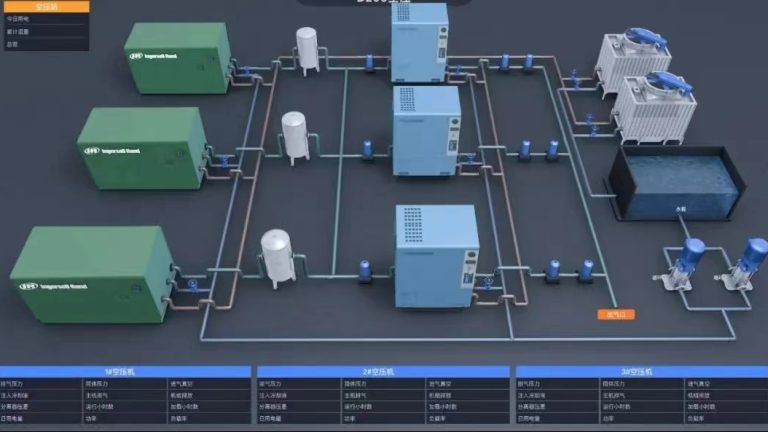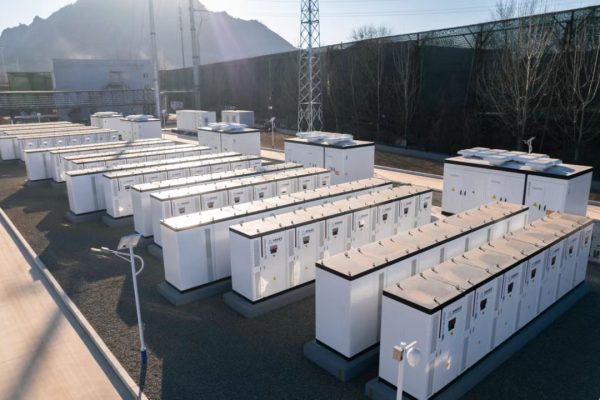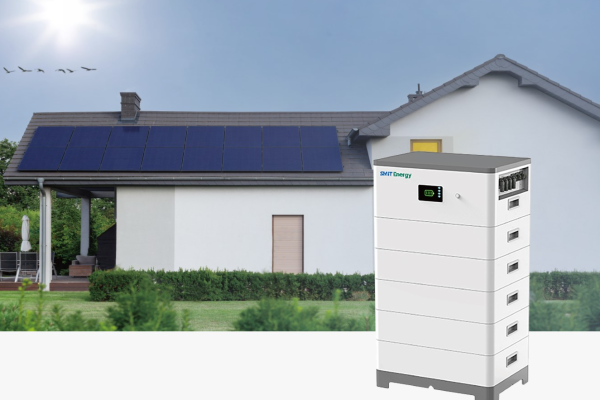Beyond Competing on Price
In the competitive global market for energy storage systems (ESS), many exporters face downward price pressure. Buyers often compare quotations side by side and push for the lowest possible cost. However, exporters who compete only on price risk eroding margins and undermining long-term business sustainability. The smarter strategy is to add value that justifies higher prices while strengthening buyer trust.
1. The Psychology of Higher Pricing
- Perceived Quality: Many buyers associate higher prices with better quality and reliability.
- Reduced Risk: Buyers pay premiums for suppliers who minimize delivery or performance risks.
- Professionalism: A well-structured offer that emphasizes added value signals credibility.
2. Value-Adding Strategies for ESS Exporters
2.1 Technical Excellence
- Highlight superior battery chemistry (e.g., high cycle life, energy density).
- Show compliance with international certifications (CE, UL, UN38.3, IEC).
- Provide performance data under real-world test conditions.
2.2 Service Packages
- Offer extended warranties (e.g., 10 years instead of 5).
- Include remote monitoring platforms for system performance.
- Provide on-site training or technical documentation in buyer’s language.
2.3 Logistics and Trade Support
- Support in customs clearance with well-prepared documentation.
- Flexible trade terms (FOB, CIF, DDP) tailored to buyer needs.
- Pre-shipment inspections and consolidated packaging for reduced risk.
2.4 Financing Options
- Structured payment terms (e.g., partial advance, balance against B/L).
- Partnerships with banks or insurers for trade finance.
- Leasing or installment solutions for large buyers.
2.5 Branding and Trust
- Case studies and references from similar projects.
- Professional quotation and catalog design.
- Demonstrating long-term presence in the market with after-sales offices.
3. Regional Buyer Expectations
- Europe: Value certifications, safety records, and after-sales service.
- US: Care about ROI, warranty terms, and compliance with UL standards.
- Middle East & Africa: Strong preference for suppliers who handle logistics and customs challenges.
- Asia-Pacific: Price-sensitive, but responsive to strong technical differentiation.
4. Communicating Value in Quotations
- Use comparative charts to show advantages over standard products.
- Break down added services (e.g., “Includes 2-year remote monitoring platform worth $500”).
- Avoid vague claims; use quantifiable metrics (e.g., “6000+ cycle life at 80% DOD”).
Exporter Tip: Value-added features should be visible, measurable, and relevant to buyer needs.
5. Long-Term Benefits of Value-Based Pricing
- Higher margins that sustain reinvestment and innovation.
- Stronger buyer loyalty through differentiation.
- Reduced vulnerability to market price wars.
Selling Solutions, Not Just Products
In ESS exports, the most successful suppliers are those who shift the conversation from “lowest price” to “best value.” By clearly demonstrating added benefits—technical, logistical, financial, or service-related—exporters can confidently charge higher prices while building lasting relationships with international clients.









